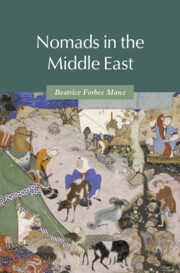This article focuses on the 1935 discovery of what is now believed to be a selenium deficiency disorder in the Japanese client state of Manchukuo. The epicenter of this disease had served as pasture for Oirat Mongols until the late nineteenth century. Opening up the land for reclamation by Chinese migrants put greater pressure on each acre to produce food. With a limited supply of selenium in the soil, the intake of this mineral by crops decreased over time, especially under the extractive conditions of the soybean industry during the Japanese occupation. Japanese theories on climate and hygiene made legible the consequences of transforming this nomadic borderland into an agrarian heartland on colonized bodies. By bringing attention to the understudied Mongol territories in Manchukuo, this essay goes beyond environmental histories bound by the nation-state to reveal the corporeal costs of settler colonialism and ecological imperialism.


